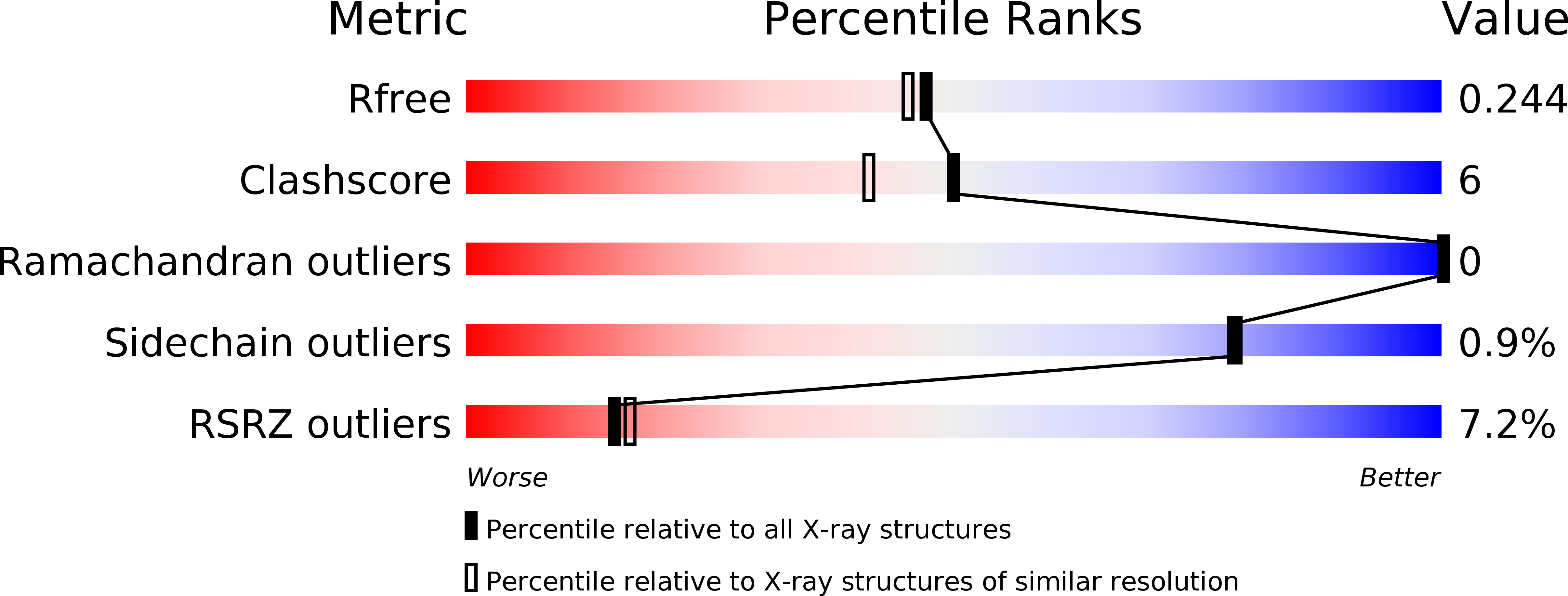
Deposition Date
2012-05-04
Release Date
2012-08-08
Last Version Date
2024-04-03
Entry Detail
Biological Source:
Source Organism:
Mycobacterium sp. (Taxon ID: 164757)
Host Organism:
Method Details:
Experimental Method:
Resolution:
2.05 Å
R-Value Free:
0.24
R-Value Work:
0.21
R-Value Observed:
0.21
Space Group:
P 1 21 1


